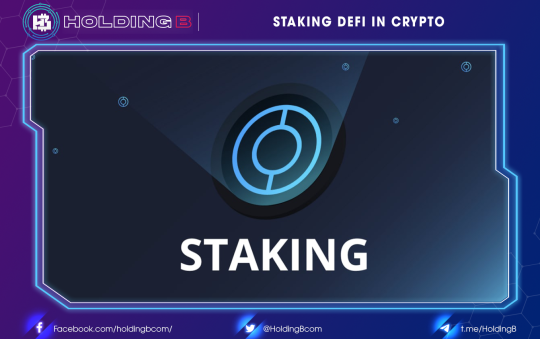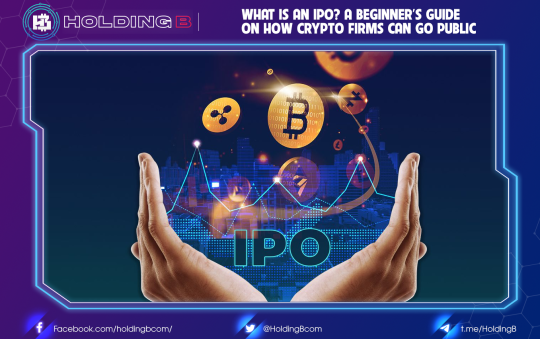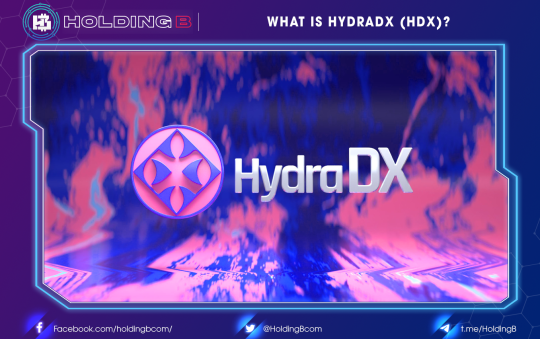Who are Andre Cronje and Daniele Sestagalli?
Andre Cronje is one of the most famous figures in the DeFi world, not only that, accompanied by this name there are quite a lot of controversial events. Andre is not like other influential figures in the crypto world. He does not have a huge following on Youtube, nor does he have a fascinating mystery often seen in anonymous Twitter accounts such as PlanB – the owner of the btc forecast model to reach $ 100k.
Andre is an architect for the DeFi space with natural abilities and extremely seasoned product development experience. This is also the face behind the giant in the DeFi market – Yearn Finance, the project sparked the legendary “Summer deFi” that year.
With a foresight and ways of doing things like no other, Andre and his team have launched many impressive projects. Some of the quality products and high profit margins for investors he has created include: Yearn Finance, Keep3r Networkand Deriswap.
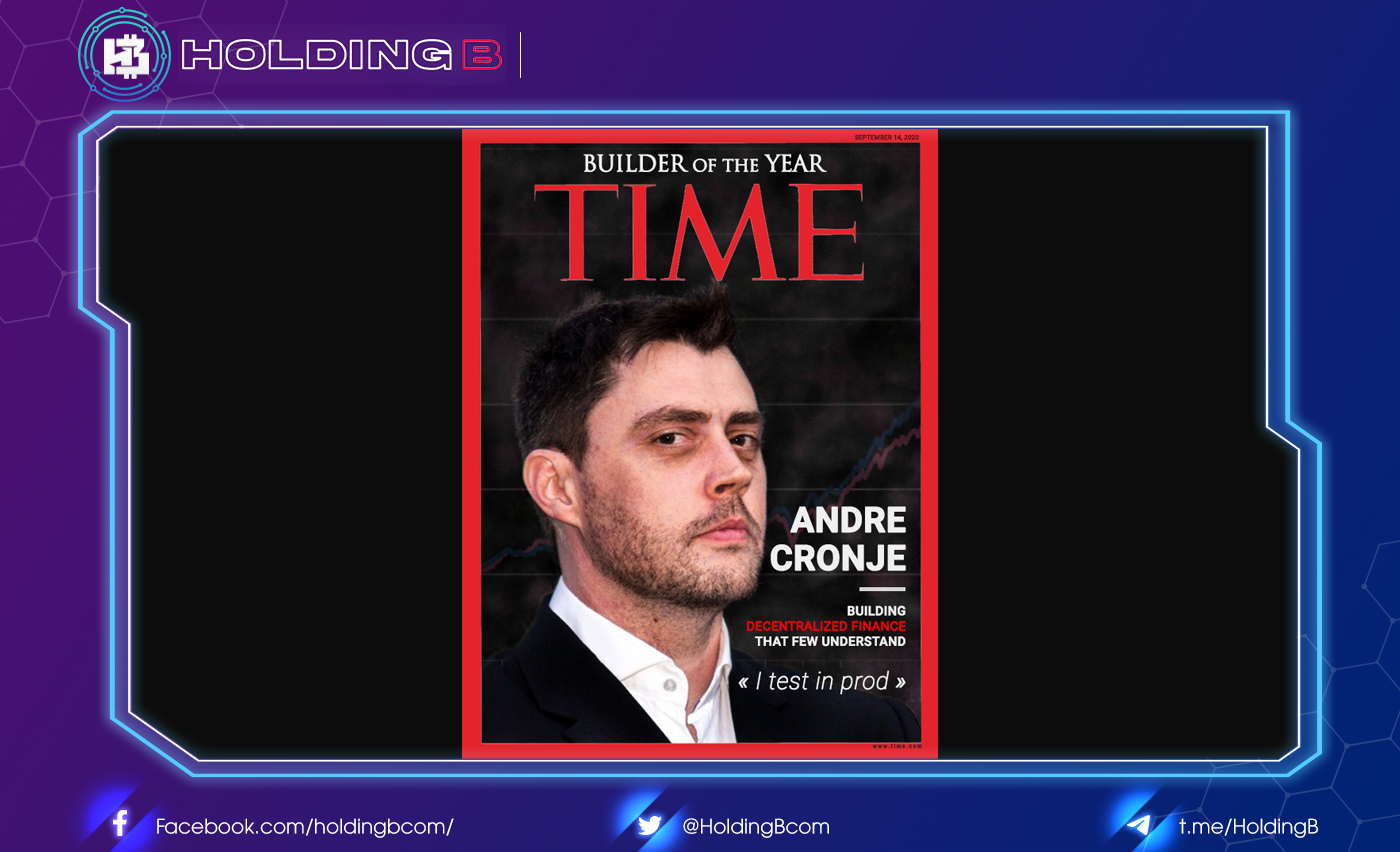
Daniele Sestagalli’s biography is no less than Andre Cronje’s. Sestagalli appears regularly on social networks, being the face of the #frognation community; At the same time, it is the brain behind many outstanding projects.
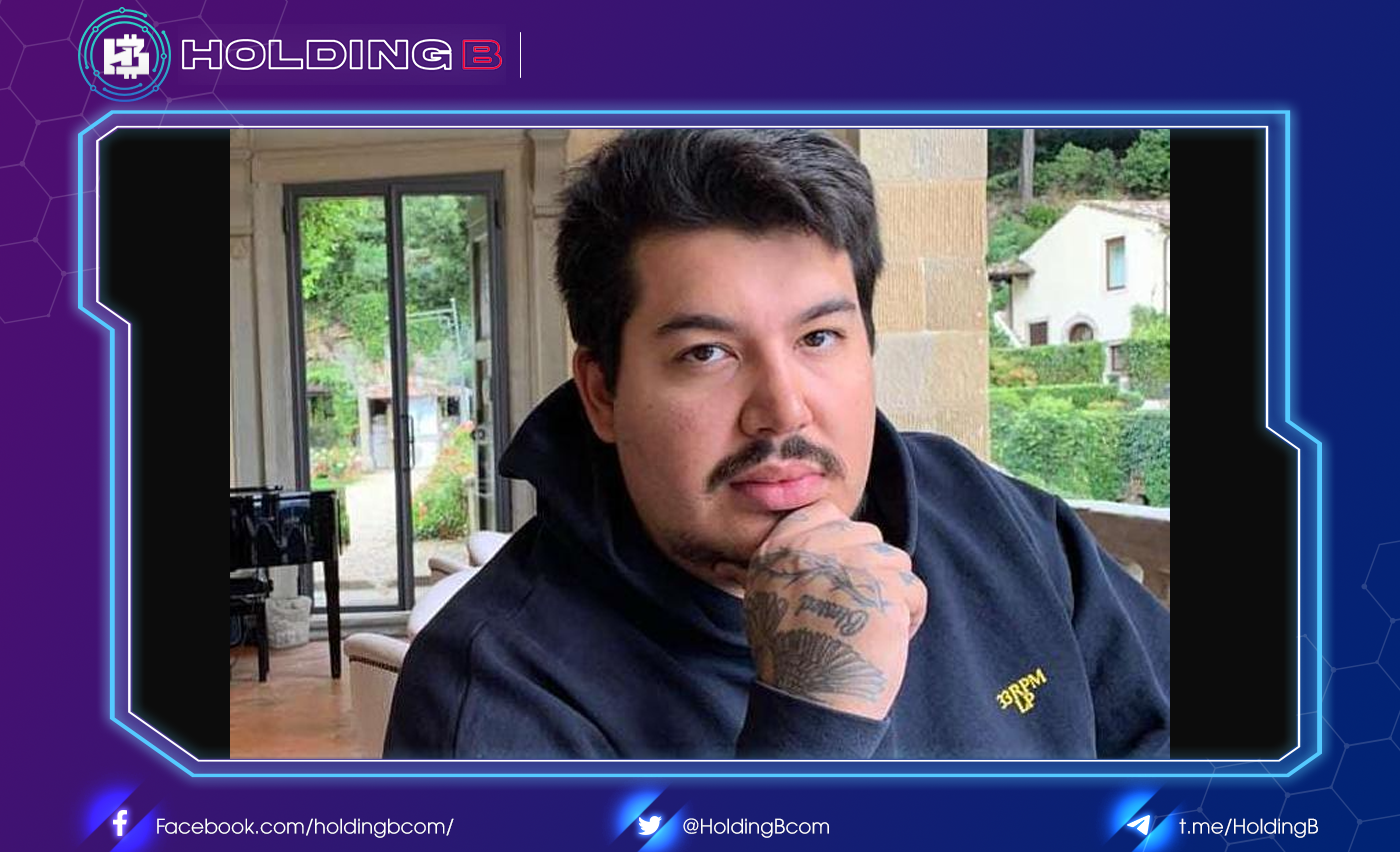
Daniele’s reputation is known for the project’s debut. Wonderland – a fork copy of Olympus DAO on the Avalanche platform. Besides, Daniele is also extremely successful with the stablecoin issuance protocol. Abracadabrathe project has been surpassed MakerDAO about revenue. The latest project added to Daniele’s impressive resume is Popsicle Finance Multichain Yield Aggregator.
The combination of fame, experience and practical effectiveness made Andre Cronje and Daniele Sestagalli kings midas in the hearts of the DeFi people. Every opinion and path of these two men has the opportunity to become gold.
As long as the project is developed by Andre Cronje, they are all strongly FOMO by the community, and recently, the nearest name he called Ve(3,3).
The context of the birth of Ve(3,3)
Token emission is the process of distributing more tokens into circulation, which has long been a very popular method to stimulate the development of the project.
The project itself wants to generate revenue that requires a paid user, but similar to a new store opening, that fee will usually be very little or almost zero.
As you know in the model Pow or Pos Being applied in each blockchain now require validators to ensure the operation of the network. And if we want validators to work actively, we need to “pay” already.
So with the amount of fees collected near zero in the beginning, what is the way to encourage validators to be the most active? The answer lies in token emission – creating new tokens as rewards.
This type of incentive mechanism is designed so that up to a certain stage, the fee alone will be enough to encourage everyone to participate, without the need for block rewards anymore.
This mechanism works similarly in other types of protocols, blockchains will prioritize security, and AMM protocols will prioritize factors such as liquidity, transaction fees,… Simply put, the ultimate goal that everyone wants to aim for is to design so that token inflation must be in line with the incentive mechanism.
However, the problem that many AMM’s now face is that it is much easier to encourage liquidity than it is to charge fees. This leads to two consequences:
- One is that the much-generated block reward causes inflation, which reduces the token value.
- The second is that such incentive mechanisms are not sustainable, the token created is not suitable for the most optimal development of the protocol.
On the other hand, the very fair management and reward-sharing system that Curve Finance leads has been a shining example for DeFi projects to follow. Thanks to the streamlined tokenomics design of CRV tokens, Curve Finance is currently the leading stablecoin DEX and also one of the leading AMM’s in the market today.
veCRV is considered one of the capture value models for native tokens of the best project on the market today. Since its launch, it has increased the purchasing demand of CRV above, causing the price of CRV in the market to rise sharply. The longer the CRV lock, the more veCRV you will receive. Then the 3 use cases that you receive will be more and more.
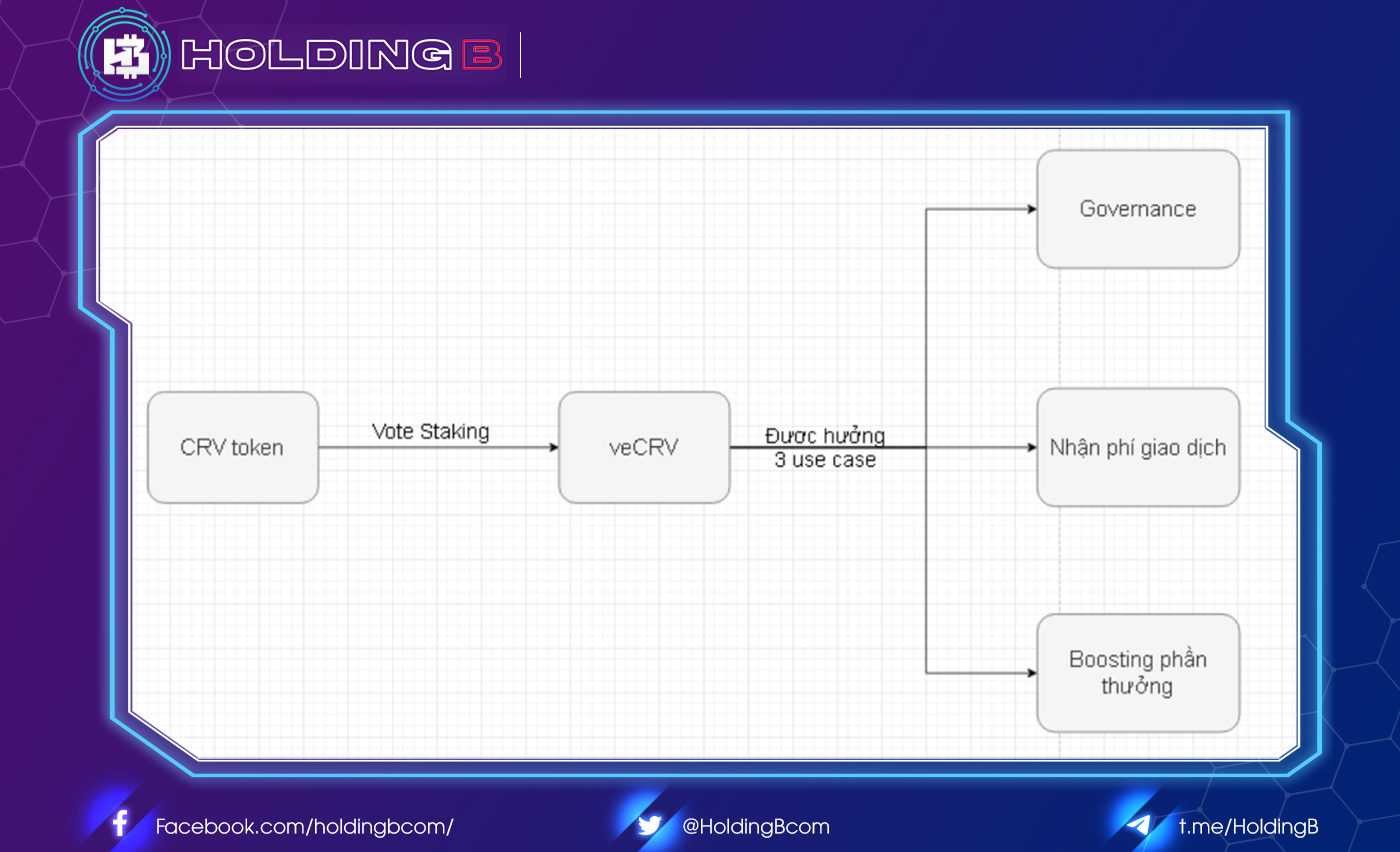
However, this model is not without defects. The inherent weakness of the “Ve token” is in liquidity; your capital will be locked in and unable to circulate, leading to the inevitable consequence of low capital efficiency.
And the model Ve(3,3) is expected to be the solution to the problems above.
What is Ve(3,3)?
Ve(3,3) is the name for the mechanism of operation of the protocol and not the name of the token. It’s likely that the new token will be called SOLID, as Andre Cronje revealed on his Twitter feed.

Ve(3,3) are a combination of two mechanisms:
- ‘Ve’ mechanism (Vote Escrow): Voting margins, similar to protocols Convex and Curve.
- The legendary Staking/Dilution Mechanism (3,3) Olympus DAO.
Now we’re going to break down each piece and analyze what they are:
- Vote Escrow: Asset locking mechanism to win voting rights. The longer the lockdown period, the more rewards and the more voting rights it will bring. The downside of this model is that the token will be locked and you don’t have too many options to trade that token. Liquidity is quite low.
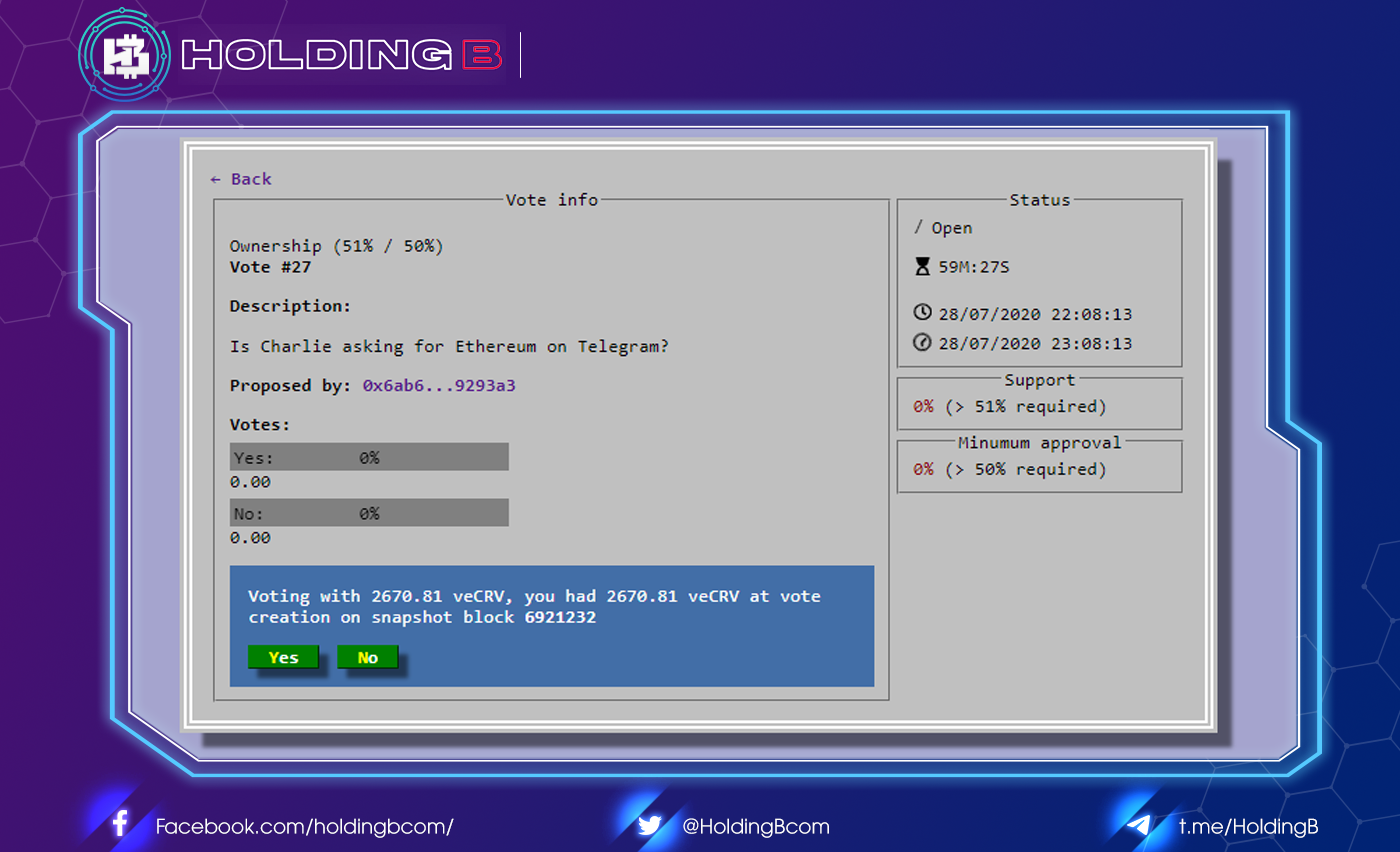
- (3,3): This is a game theory model initiated by OlympusDAO, thereby encouraging users to stake as many OHM tokens as possible. This is because the minimum value of this protocol is equal to the treasury value it owns. The higher the price of the token, the greater the profit margin. The weakness of this model is still the reward mechanism, the more OHM tokens are minted, the more their value decreases.

Then Andre Cronje & Daniele Sestagalli appeared, added salt sauce and produced Ve(3,3).
You can re-lock your original token in exchange for non-transferable tokens and voting rights. In return, you will receive an incentive token, which can be used for exchange and trading.
The odds of creating new tokens will be determined by the supply in the market, and the rewards will be greater if fewer tokens are locked on the protocol. Each token locked will be represented by one NFT, allowing you to circulate this type of property.
Unlike some other projects, Ve(3,3) will encourage the collection of transaction fees instead of providing liquidity. As I mentioned the problem above, you were able to understand the intentions of the designer. This approach will help create a more optimized system: Those who lock their assets into the protocol will receive 100% of the fees collected from the pools they vote for, in the opposite direction, the pools will be able to set higher fees.
A few worth noting points are as follows:
- All fees collected by the protocols will be transferred to those who lock the Ve(3,3).
- Newly born blocks will be transferred into the pools that generate the most fees.
- The lockers (3,3) will be the ones who decide which pool receives the new block reward.
So how does Ve(3,3) make money?
Basically, this will be a new AMM exchange that has a similar model to Uniswap or Sushiswap. But as Andre said, the AMM market is now quite saturated, so Ve(3.3) is designed in the direction of Protocol to Protocol. The AMM has appeared that can integrate the new model into their own design; have just accumulated all the fees collected from the new model without losing any fees, volumes or liquidity that are currently available.
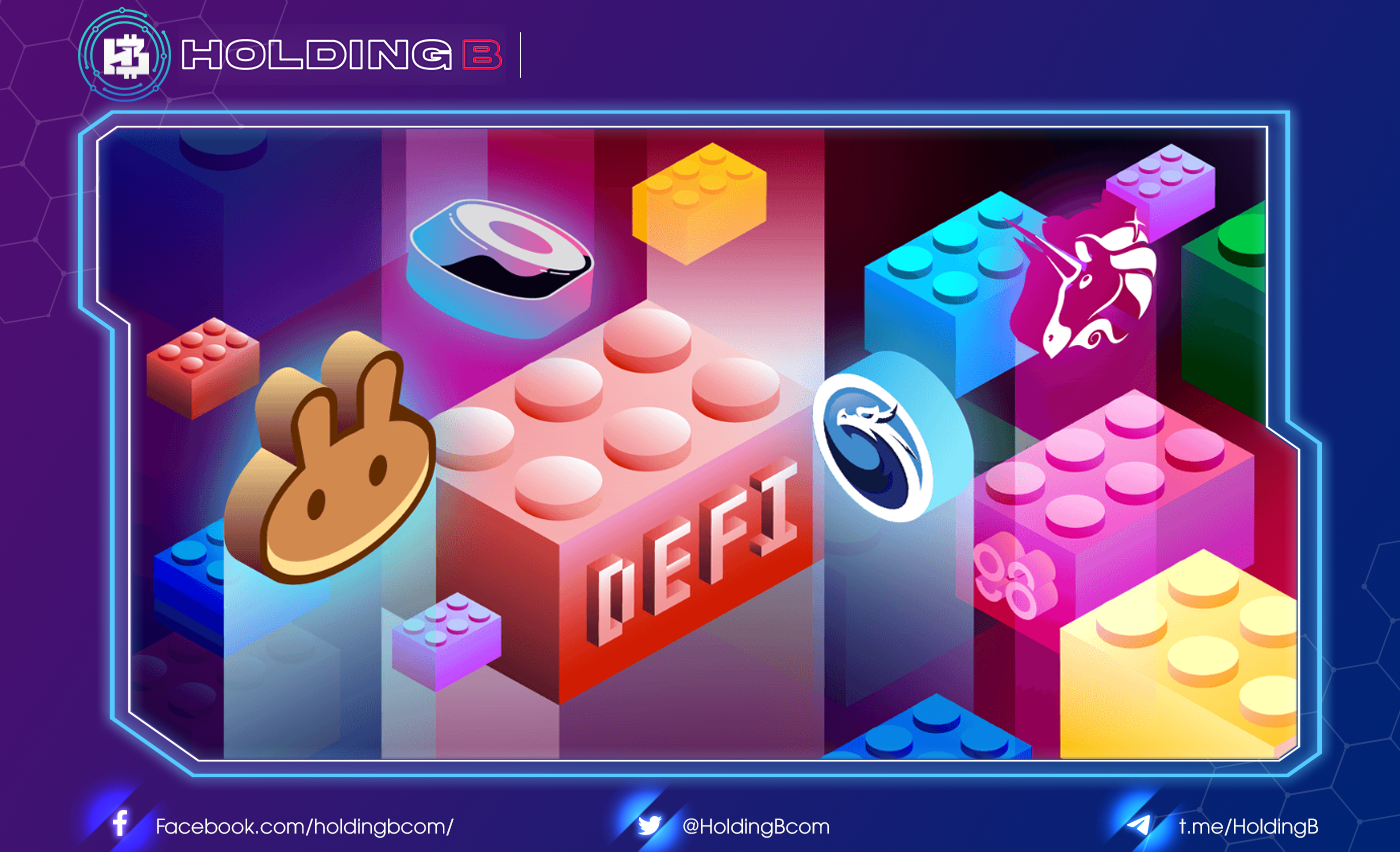
This protocol is expected to support swapping the majority of asset classes with a fairly low transaction fee of 0.01%. The main special feature is how it works, instead of being controlled by liquidity providers, it is navigated by the protocols themselves. A project gives the power to decide the inflation/block generation ratio into the hands of projects.
Why does Ve(3,3) cause fever?
As I mentioned above, protocols now have a hard time finding a balance between their incentive mechanism (through token emission) and creating value for token holders. Besides, the token ticks have liquidity problems and are not optimized, because normally if you want, you can not sell them.
Thanks to this Ve(3.3) model, “Ve token” become valuable NFT, and can be traded on the secondary market. A secondary market for locked governance tokens is formed; It can be understood basically as the place to trade voting power.
Combining this with an asset class converges in you many advantages such as:
- Deflationary (“Ve”).
- There is a free transfer nature.
- There is the ability to distribute transaction fees directly (fees are transferred directly to the treasury, there is no buyback/burn/distribution mechanism).
- Create a secondary market for governance power.
If this design really works smoothly, it will completely change the way protocols work and could make a major contribution to deflation for tokens. This means that Ve(3,3) will lead the trend, and projects that soon adopt this model could benefit greatly.
What are the opportunities for investors?
Despite being a highly anticipated project, ve’s token (3,3) will not be sold on the open market. The number of ve tokens (3.3) locked will be distributed to the top 20 projects with the largest amount of TVL in the world Fantom ecosystem.
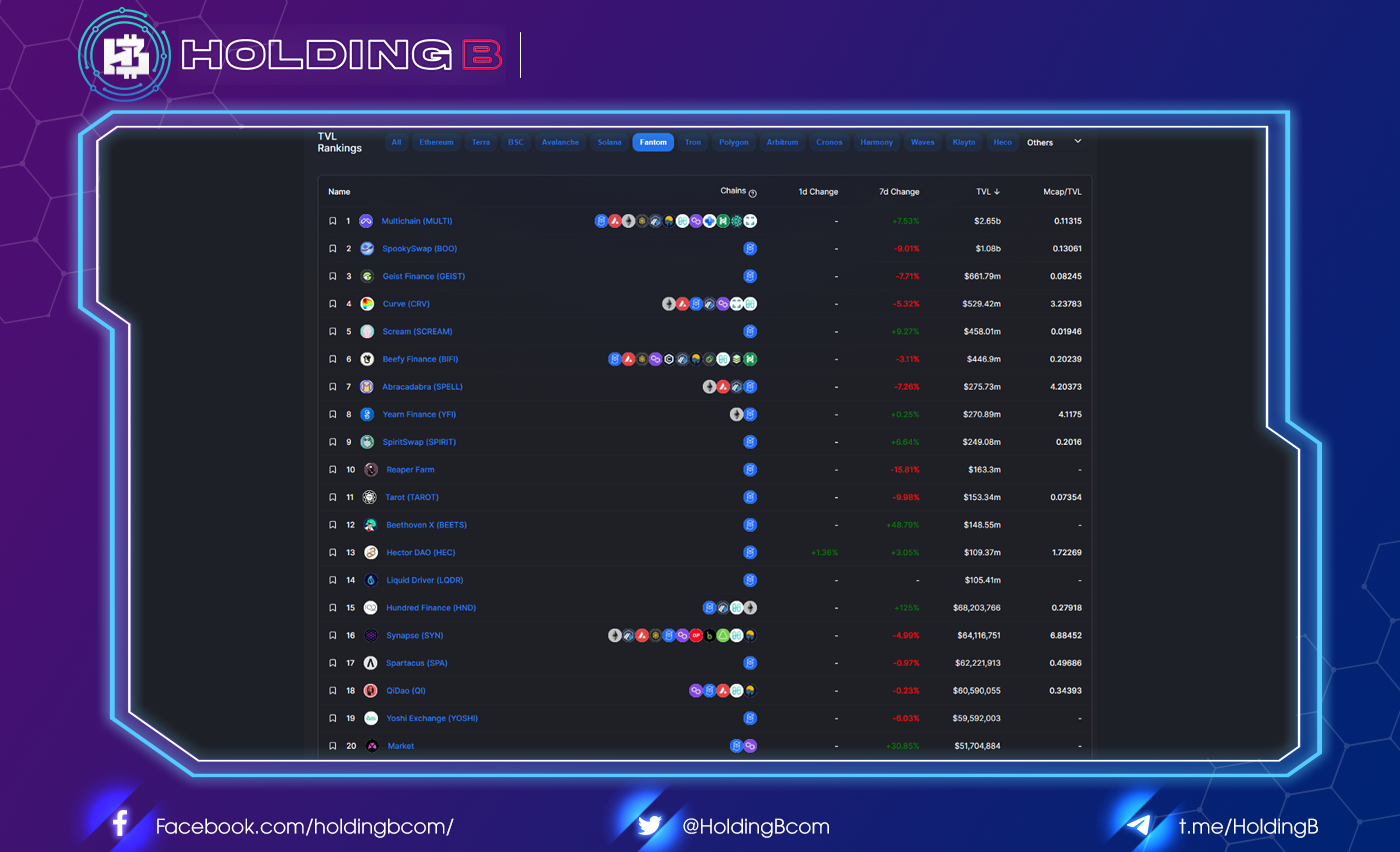
It is then these projects that will decide the initial number of tokens distributed and the relevant details. So, at this time, I see there are 3 main ways for you to invest and seize this opportunity:
- Buy copper directly FTM: The entire Fantom ecosystem will attract a huge amount of attention and be inflowd by money, if this model really works.
- Buy tokens of the top 20 projects on Fantom according to TVL: you can indirectly own the tokens of Ve(3.3) through the purchase of one or more projects in this top 20.
- Buy copper KP3R: Why KP3R? This is one of Andre Cronje’s main projects, which is currently standard. ERC-20 but will soon move to Fantom’s blockchain. Andre has confirmed that the Ve(3.3) model is being tested for KP3R and will be launched soon. Therefore, if this mechanism is successful, KP3R also has very strong growth potential.
At the time of writing, the Fantom ecosystem is experiencing extremely strong growth, especially in terms of TVL. FTM’s Total Value Lock increased one circuit from $5.25 billion to $8.01 billion between January 11, 2022 and January 17, 2022. This growth coincided with the timeline with Andre Cronje’s announcement of the Ve’s token distribution plans(3.3).
Fantom’s unique wallet addresses also saw an almost linear growth, nearly doubling from 832,000 in early October 2021 to 1.5 million wallets in January 2022.
Abbreviate
- Andre Cronje – the godfather of DeFi 1.0 and Daniele Sestagalli in recent days have made waves with information about the new project Ve(3.3) on the Fantom platform.
- Ve(3,3) is a combination of Curve Finance’s Tick (Vote Escrow) mechanism and OlympusDAO’s game theory model (3.3).
- If this Ve(3,3) design really works, it will completely change the current DeFi playing field. It will change the way protocols operate and could make a major contribution to deflationary capabilities for tokens.
Summary
So I have provided you with all the information about Ve(3,3) and the potential that it brings. I hope you have a better understanding of this issue and can find your own investment opportunities in the near future.
See ya in the next article !
Don’t forget to follow useful articles about Crypto Market from team Holding B !!!
- Telegram Channel: https://t.me/HoldingBcom
- Telegram Group : https://t.me/HoldingB
- Website : https://holdingb.com/
- Twitter : https://twitter.com/HoldingBcom


